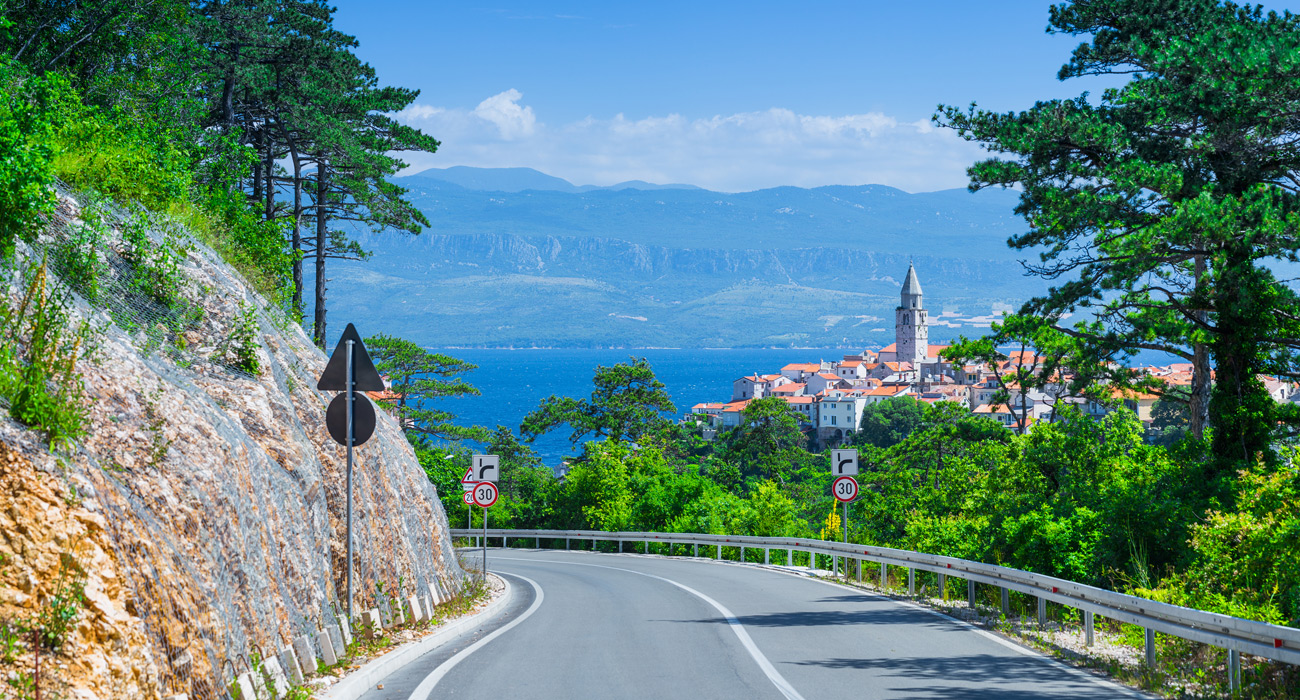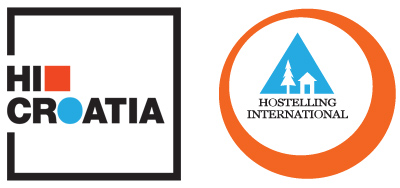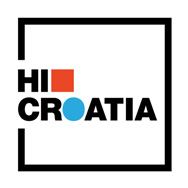Getting around Croatia: From ferries and planes to trains and boats

Getting around Croatia is pretty simple since you have a variety of transport options: driving is one of the most common when going between destinations on the mainland and ferries when you need to get to the islands.
Trains in Croatia are not such a popular means of transport, but if you’re into old trains and really hate buses, check this option too.
There are also several airports, serving both big airline companies and budget airlines like Easyjet or Ryanair.
Croatian roads are easily navigated, our highways are in excellent condition, so tourist prefer to travel by car or bus. There are so many bus companies connecting almost every village in Croatia, both on the mainland and bigger islands, that you don’t have to worry much about transport in Croatia.
Taxi services are usually costly, but in major destionations like Zagreb, Split and Dubrovnik there are several taxi companies (Uber included) competing with each other and offering transportation on a budget.
BY PLANE
Croatia has airports in major cities like Zagreb, Split, Dubrovnik, Pula, Zadar and Osijek.
There are also airports on the northern island of Krk (actually it’s the Rijeka aiport, but it’s located on the island connected with mainland by a bridge) and souther island of Brač (pronouced as „brach“).
Big international airlines fly mostly to Zagreb and Split during the whole year, but during the summer you can fly directly to all the mentioned places. Budget airlines like Easyjet, Ryanair, Wizzair, Vueling and Norwegian Airlines operate from spring to autumn, mostly from Pula, Krk or Zadar.
For domestic transfers, Croatian national carrier Croatia Airlines will take you to places like Split, Dubrovnik, Pula or the island of Brač.
BY CAR
Driving in Croatia is the most common type of transportation. We have new highways, but also a good network of local roads. There are several highways, most popular being the A1 connecting Zagreb with Split and A6 between Zagreb and Rijeka. All country roads are toll-free, but beware of police control points along those roads: they will charge you if you drive ore than 50 km/h in urban areas or more than 80 km/h outside inhabited places.
Croatian driver want each other by flashing lights so take notice of it while driving.
On the highway the speed limit is 130 km/h.
If you want to visit National park Plitvice or go to the seaside, rent a car (we have a pretty nice 30% off discount for Fleet rent-a-car so contact us to get those deals with EYCA card membership).
Bear in mind than in summer months there are many cars on the road and you may get stuck in traffic jams during weekends, especially if going to popular destionation on the coast.
BY TAXI
Zagreb has a number of taxi companies so you can choose between Cammeo taxi, Eko taxi, Radio Taxi Zagreb, Zebra taxi and Uber, which in Croatia operates as a taxi (every Uber car has to have a taxi sign).
All companies have their apps, and they oferr different discounts. For example, Eko taxi is partnered with Mastercard offerind a 20% discount if a ride order is taken via their smartphone app, while every Thurdsay you get a 70% discount when paying with Mastercard.
Other cities also have taxi service and major tourist destioantion along the coats offer Uber services.
BY BUS
The best option for most tourists is the bus.
It’s a cheap way of transport and majority of buses are in a pretty nice condition. They have AC, some have wi-fi and sockets to charge your phone. Be sure to buy a ticket for lines going via highway. You don’t want to stop in every village along the way. A journey from Zagreb to Split should take on average 5 hours, that’s how you’ll know the bus is driving via highway.
You can book your ticket at the Central bus station, via their Zagreb website or directly at the location.
BY BOAT
Croatia ferries
Majority of Croatian islands can only be reached by ferry. Only three islands are connected with the mainland by bridges: Krk in the north, Pag in the middle and Ciovo in the south of Croatia.
Main ferry ports are Split and Rijeka, but ferries do connect a lot of towns and smaller places on the coast with the islands. To reach the island of Losinj, for example, you’ll have to catch one of the ferries going o the island of Cres and than take a bus to Losinj, or going directly from Zadar to Mali Losinj (the line departs in the morning and connects several islands so the journey takes 6 hours).
Island-hopping in Croatia is somewhat difficult but doable. Just be sure not to spend your whole vacation in transport. If you want to visit the islands od Krk, Cres, Losinj in three days, it’s very doable. But seeing Brač, Hvar and Vis in three days takes a miracle. There are lines connecting Split, Brac, Hvar, Vis and Korčula, but you have to be very organised and catch the ticket in advance.
You can check the lines and buy your ticket at Jadrolinija website.
If you want to go to the islands with your vehicle, do come at least 2 hours prior to departure time to be sure you’ll get your spot, especially during the high season. Sometimes you’ll have to wait even longer. Summer weekends are so busy.
Ferries are air-conditioned, there are toilets and bars in all of them. Some ferries even have ATMs.
Catamarans – faster than ferries
You can reach the island by fast catamarans, but only if you decide to go to islands without a car. While a ferry ride takes two hours from Split to Hvar, catamaran will be 50% faster.
Bear in mind that the number of seats is limited so buy your ticket online well in advance. There are also some private lines operating between popular coastal locations.
Ticket prices are affordable, for 40 – 70kn you can go from Split to Hvar or Vis.
You can check the lines at 2 providers: state-owned Jadrolinija or private Kapetan Luka.
Uber Boat
Uber in Croatia started offering boat transfers in 2017.
Pickup locations are usually around bigger cities like Split, Dubrovnik, Šibenik, but you can also them find them on islands such as Hvar, Šolta and Supetar.
It’s easily accesible, just log in on your app and get yourself a ride.
If you have a sightseeing idea and you want to create your own trip around the islands, just tell your captain and he’ll get you there. This is how will the price be calculated:
BOAT Option – Boat Trip (up to 8 passengers)
Start – 330 kn
Price per km (nautical mile) – 29(33)kn
Price per min – 2.60 kn
Minimum price and cancellation fee – 330 kn
BY TRAINS
Trains in Croatia are not very modern, but they are affordable and comfortable.
If you decide to travel from the capital Zagreb to Split, Hrvatske Željeznice (Croatian Railways) have a special summer offer: the trip can cost you only 100 kn (around 13 euros)
If you have a car or a motorcycle you can also put them on a train at reduced rates, you’ll pay 101 kn for a car and 51 kn for a motorcycle.
This is the timetable for this special offer, only late night trains are available:
821 Zagreb 11:00pm – Split 6:45am
820 Split 9:43pm – Zagreb 5:46am
Group with minimmum of 6 people can get a 70% discount on both one-way and return tickets.
The railway system is spread all over Croatia, so just make sure you find your perfect destination.
If you have an EYCA card you can get 25% off on the regular price for unlimited number of one-way and return tickets, on routes that are longer than 25 km.
You can buy a ticket on Hrvatske Željeznice website, through their app, and on a cash register.









